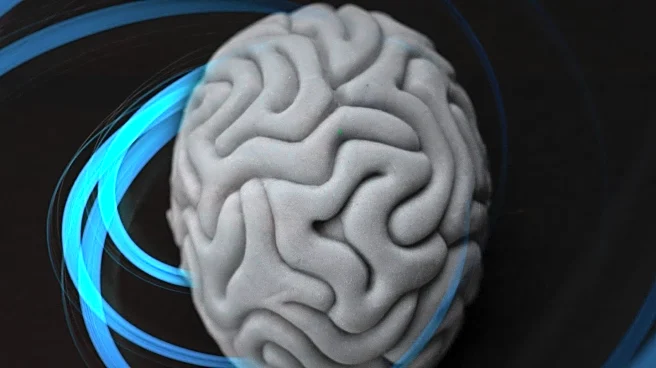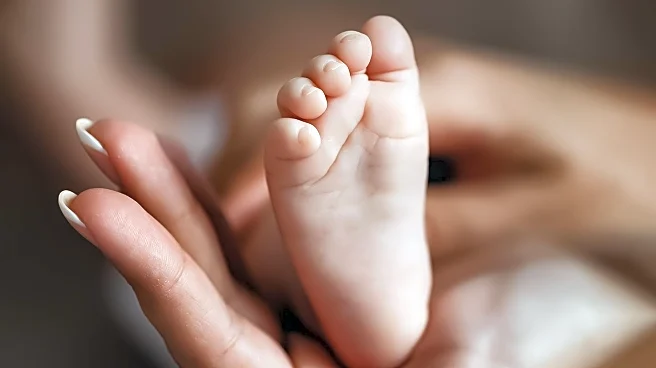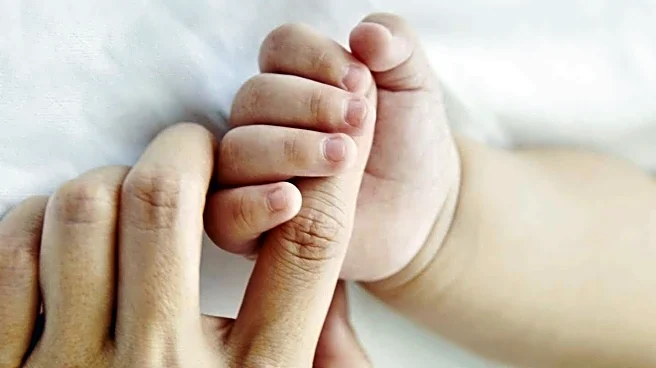What's Happening?
Recent research has uncovered a surprising physical response to hearing a baby cry: an increase in facial temperature. The study found that when adults hear an infant in distress, their autonomic nervous system is activated, causing their faces to become warmer. This reaction is linked to the chaotic, disharmonious sounds of a baby's cry, known as nonlinear phenomena (NLP). The study involved 41 participants with little to no infant-care experience, who listened to recordings of baby cries while their facial temperatures were monitored. The findings suggest that the more distressing the cry, the greater the increase in facial temperature.
Why It's Important?
Understanding the unconscious physical responses to baby cries can have significant implications for caregiving and parenting. The study's findings could help identify individuals who are more attuned to infant needs, potentially improving caregiving practices. Additionally, this research may assist new parents in better interpreting their child's cries, leading to more effective responses to their needs. The study also opens up possibilities for further exploration into how different individuals react to infant distress, which could inform training programs for caregivers and healthcare professionals.
Beyond the Headlines
The study highlights the complex ways in which humans are biologically wired to respond to infant distress signals. This research could lead to advancements in technology designed to assist parents and caregivers in monitoring and interpreting baby cries. Furthermore, the study raises questions about the potential differences in responses between experienced caregivers and those with little exposure to infants, suggesting avenues for future research. The ethical considerations of using such findings in practical applications, such as in childcare settings, also warrant discussion.










